"Flavors of the North: Exploring North Indian Cuisine"
Flavors of the North
North Indian cuisine is known for its rich and diverse flavors, and it is one of the most popular and widely enjoyed regional cuisines in India. The food in North India is characterized by the use of aromatic spices, ghee (clarified butter), and a wide variety of bread and dairy products. Here's a description of some key elements of North Indian food
1) Biryani: Fragrant rice dish cooked with spices, saffron, and a choice of meat or vegetables.
Biryani is a popular and flavorful Indian dish known for its aromatic rice, tender meat or vegetables, and a blend of spices. It's a much-loved one-pot meal that has various regional variations across India and even in neighboring countries like Pakistan and Bangladesh. Here is an overview of biryani:
2)Butter Chicken: A creamy tomato-based curry with tender chunks of chicken.
Butter Chicken, also known as "Murgh Makhani," is a popular and indulgent North Indian dish known for its rich, creamy, and flavorful tomato-based gravy. It's a beloved staple in Indian restaurants and is enjoyed by people around the world. Here's an overview of Butter Chicken
Butter Chicken is typically served hot and garnished with fresh cilantro or additional cream. It is commonly accompanied by naan, roti, or steamed rice.
This dish is known for its creamy, mildly spiced, and slightly sweet tomato sauce, making it a favorite choice for those who enjoy Indian cuisine. It's a comfort food that's widely enjoyed in Indian restaurants and is often prepared for special occasions or family gatherings.
3)Tandoori Chicken: Marinated chicken cooked in a tandoor (clay oven) for a smoky flavor.
Tandoori Chicken is a popular Indian dish known for its smoky, flavorful, and slightly spicy taste. It's named after the tandoor, a clay oven in which the chicken is traditionally cooked. Here's an overview of Tandoori Chicken
Tandoori Chicken is often served hot and garnished with fresh cilantro and lemon wedges. It's typically accompanied by naan, roti, or a cooling side dish like raita (yogurt with spices and herbs) to balance the heat and spiciness.
Tandoori Chicken is a flavorful and visually striking dish, and it's known for its slightly smoky, tangy, and well-spiced taste. It's a popular appetizer or main course in Indian restaurants and is enjoyed by people worldwide.
Tandoori Chicken can also be prepared using modern kitchen equipment. Grilling, broiling, or baking in a very hot oven are common methods. Using a barbecue grill can also provide a smoky flavor.
4)Paneer Tikka: Cubes of paneer (Indian cottage cheese) marinated and grilled.
Paneer Tikka is a popular Indian appetizer or snack that consists of marinated and grilled cubes of paneer, which is a fresh Indian cheese. This dish is known for its smoky, spicy, and tangy flavor. Here's an overview of how Paneer Tikka is prepared
Paneer, the star ingredient, is cut into cubes or rectangles. It has a mild, slightly nutty flavor and a firm texture that holds up well to grilling.
The paneer is marinated in a mixture of yogurt and various spices. The marinade typically includes ingredients like yogurt, ginger-garlic paste, cumin, coriander, garam masala, turmeric, red chili powder, and lemon juice. This imparts a tangy and spicy flavor to the dish.
The paneer cubes are gently marinated in the yogurt and spice mixture. This process can take a few hours or even overnight in the refrigerator. The longer the marination, the more flavorful the paneer will be.
Paneer Tikka is typically served hot, straight from the grill, garnished with fresh cilantro and lemon wedges. It's often accompanied by green chutney, a cooling side like raita, or a simple salad. It can be served as an appetizer, a snack, or even as a side dish.
Paneer Tikka is loved for its smoky and slightly spicy flavor, making it a favorite vegetarian option, especially in Indian restaurants and at gatherings. It's a versatile dish, and variations like "Paneer Tikka Masala" or "Paneer Tikka Roll" are also popular, where the grilled paneer is served in a rich, tomato-based gravy or wrapped in flatbreads.
Tomatoes: The gravy is made from ripe tomatoes that are pureed to create a luscious and slightly tangy base.
Spices: Common spices used include cumin, coriander, garam masala, turmeric, red chili powder, and fenugreek leaves (kasuri methi). These spices impart a rich and aromatic flavor.
Cream and Butter: Cream and butter are essential for giving Dal Makhani its characteristic creamy and buttery taste. Ghee (clarified butter) is sometimes used as well.
Onions and Garlic: Sautéed onions and garlic are often added to the gravy to enhance the depth of flavor.
Dal Makhani is typically served hot and garnished with fresh cilantro or additional cream. It is often accompanied by naan, roti, paratha, or steamed rice. Pickles and sliced onions are also common accompaniments.
Dal Makhani is a beloved North Indian dish and is enjoyed in restaurants and households across India and worldwide. Its creamy texture and rich flavor make it a comforting and satisfying dish, often served during special occasions and festivals.
- 6)Naan: A soft, leavened flatbread often cooked in a tandoor.
- Naan is a popular flatbread in Indian cuisine, particularly in North India, and it's also commonly enjoyed in other South Asian countries. It's a versatile and delicious bread that pairs well with a wide variety of dishes. Here's an overview of naan:
Flour: Naan is typically made from all-purpose flour (maida) or a combination of all-purpose flour and whole wheat flour.
Yeast: Yeast is used to leaven the dough, which allows the naan to puff up and become soft and airy.
Yogurt: Yogurt is often included in the dough to provide a slightly tangy flavor and to make the naan tender.
Milk or Water: Liquid, usually milk or water, is added to the dough to create the right consistency for kneading.
There are various types of naan with different flavors and ingredients, such as garlic naan (with minced garlic and cilantro), cheese naan (with grated cheese), or keema naan (stuffed with spiced ground meat).
Serving:
Naan is often served hot and is a great accompaniment to a wide range of dishes, such as curries, tandoori dishes, and grilled meats. It can also be served as a snack with various dips, like raita or chutney.
Naan is cherished for its soft, slightly chewy texture and its ability to complement the flavors of many Indian dishes. It's a staple in Indian and South Asian cuisine, and it's also enjoyed in restaurants and homes around the world.
- Aloo Paratha is a popular Indian stuffed flatbread made with unleavened dough, typically stuffed with a spiced mixture of mashed potatoes (aloo). It's a beloved breakfast dish and can also be enjoyed at any time of the day. Here's an overview of Aloo Paratha
- Aloo Paratha is made from a simple dough consisting of whole wheat flour, water, and a pinch of salt. The dough is typically unleavened, which means it doesn't require any yeast or leavening agents.The key filling for Aloo Paratha is boiled and mashed potatoes. The potatoes are often mixed with spices and other flavorings
- Aloo Paratha is flavored with a blend of spices, which may include cumin seeds, red chili powder, turmeric, garam masala, and coriander. These spices add depth and flavor to the potato filling.
- The dough is prepared by mixing whole wheat flour, water, and a pinch of salt. It is kneaded until it becomes smooth and soft. The dough is then allowed to rest for a short period, usually around 15-30 minutes.
Aloo Paratha is best served hot and is often accompanied by various condiments, such as yogurt, pickles, chutney, or a dollop of butter. It can also be served with a side of raita (yogurt with spices and herbs) or a cup of hot tea or chai.
Aloo Paratha is a wholesome, satisfying dish that combines the heartiness of the whole wheat bread with the savory and flavorful potato filling. It's a favorite in North India and is enjoyed in Indian homes and restaurants alike
- 7)Chole Bhature: A popular dish consisting of spicy chickpea curry (chole) served with deep
- Chole Bhature is a classic and indulgent North Indian dish consisting of two components: Chole, a spicy and tangy chickpea curry, and Bhature, deep-fried, puffed-up bread made from fermented dough. It's a popular dish often enjoyed in North India, particularly as a special breakfast or brunch option. Here's an overview of Chole Bhature
Chickpeas (Chole): Dried chickpeas are soaked, cooked, and then simmered in a spiced tomato-based gravy.
Spices: Common spices used include cumin seeds, coriander, garam masala, turmeric, red chili powder, and amchur (dried mango powder). These spices add depth and flavor to the curry.
Tomatoes: Ripe tomatoes are often used to create a thick and slightly tangy gravy.
Onions and Garlic: Sautéed onions and garlic are typically included in the gravy for flavor.
Ginger: Fresh ginger is used for its aromatic qualities.
Oil: Oil is used for sautéing the onions and spices.
Chole Bhature is typically served hot, with a portion of the spicy chickpea curry alongside the puffed Bhature. It is often garnished with fresh cilantro, a slice of lemon, and sometimes a side of pickles or onions.
Chole Bhature is a flavorful and satisfying dish that combines the spicy and tangy notes of the chickpea curry with the crispy and airy texture of the deep-fried bread. It's a popular dish in North India and is enjoyed for breakfast, brunch, or lunch in restaurants and at home.
- 8)Samosa: Triangular pastries filled with a mixture of potatoes, peas, and spices, typically deep-fried
- Samosa is a popular and delicious Indian snack that consists of a crispy, deep-fried pastry filled with a savory mixture of spiced ingredients. It's a beloved street food and appetizer, not only in India but also in various parts of the world. Here's an overview of samosa
All-Purpose Flour (Maida): The primary ingredient for the outer pastry dough, which is mixed with a little oil or ghee and water to form a pliable, non-yeasted dough.
Oil or Ghee: A small amount of oil or ghee is added to the dough to enhance its texture.
Water: Water is used to knead the dough and create the right consistency.
Salt: A pinch of salt is added for flavor.
Potatoes: Boiled and mashed potatoes are the main ingredient in the filling, providing a starchy base.
Peas: Green peas are often included in the filling for texture and color.
Spices: A mixture of spices such as cumin, coriander, garam masala, turmeric, red chili powder, and amchur (dried mango powder) is used to season the filling.
Onions: Sautéed onions are added for flavor and texture.
Green Chilies: Chopped green chilies are used to add heat to the filling.
Fresh Herbs: Chopped cilantro and sometimes mint leaves are added for a burst of freshness.
Ghee or Oil: Ghee (clarified butter) or oil is used for sautéing the spices and creating the filling.
Dough: The dough for the samosa is made by combining all-purpose flour, a pinch of salt, and a little oil or ghee. Water is added gradually to create a smooth and elastic dough. The dough is allowed to rest for a while.
Filling: The filling is prepared by sautéing chopped onions, green chilies, and spices in ghee or oil. The boiled and mashed potatoes, peas, and fresh herbs are added to the mixture and cooked until they are well combined and flavorful.
Shaping Samosas: The dough is divided into small portions, rolled into balls, and then rolled out into thin oval or circular sheets. Each sheet is cut in half, forming two semi-circles. Each semi-circle is then folded and shaped into a cone, which is filled with the potato mixture and sealed.
Frying: The prepared samosas are deep-fried in hot oil until they become golden brown and crispy.
Serving:
Samosas are typically served hot and are often accompanied by chutneys, such as tamarind chutney or mint chutney, for dipping. They are a popular snack at tea stalls, street food vendors, and as an appetizer in Indian restaurants.
Samosas are known for their crispy and flaky crust, complemented by a spiced and flavorful filling. They are a versatile snack enjoyed across India and have also gained popularity internationally.
Gulab Jamun9)Gulab Jamun: Sweet milk-based dumplings soaked in sugar syrup, a popular dessert.
Gulab Jamun is a popular Indian dessert that consists of soft, deep-fried dough balls soaked in a fragrant sugar syrup. It's a beloved sweet treat, commonly served at festivals, weddings, and special occasions. Here's an overview of Gulab Jamun
Milk Solids (Khoya/Mawa): The primary ingredient for the dough balls is khoya, a solidified form of milk that's reduced and thickened.
Milk Powder: Sometimes, milk powder is used in combination with khoya to make the dough.
Flour: A small amount of all-purpose flour or semolina (sooji) is added to the dough to help bind it.
Baking Powder: Baking powder is used as a leavening agent to make the dough balls soft and spongy.
For the Sugar Syrup (Gulab
These are just a few examples of the delicious dishes you can find in North Indian cuisine. The cuisine is known for its use of aromatic spices and diverse flavors, making it a favorite among food lovers worldwide.
- 10)Lassi: A refreshing yogurt-based drink often flavored with fruits or spices.
Lassi is a traditional and refreshing yogurt-based drink that originates from the Indian subcontinent, particularly in regions like India and Pakistan. It's a popular beverage, especially during hot weather, and it comes in various flavors and styles. Here's an overview of lassi:
Ingredients:
Yogurt: The primary ingredient in lassi is yogurt, which can be plain, sweet, or even flavored.
Water or Milk: Lassi can be made with water, milk, or a combination of both. Water is used for a lighter, more refreshing version, while milk creates a creamier, richer lassi.
Sugar: Sweet lassi typically contains sugar to balance the tartness of the yogurt.
Spices: Traditional lassi may include spices like ground cardamom or a pinch of salt.
Flavorings: Lassi can be flavored with various ingredients, such as fruits (mango lassi is popular), rose water, saffron, or even herbs like mint.
Ice: To make a chilled lassi, ice cubes are often added.
Types of Lassi:
Sweet Lassi: This is the most common type, made with plain yogurt, sugar, and flavorings like cardamom. It's a sweet and refreshing drink.
Salty Lassi: Instead of sugar, salt and spices like cumin or black salt are added. It's more savory and often consumed as a digestive aid.
Mango Lassi: One of the most popular variations, mango lassi includes ripe mango pulp, yogurt, and sugar to create a sweet and fruity beverage.
Preparation:
Making lassi is quite simple:
In a blender, combine yogurt, water or milk, sugar, and any flavorings or spices you desire.
Blend until everything is well combined and the lassi is smooth.
If you're making a chilled lassi, you can add ice cubes and blend again.
Serve the lassi cold in tall glasses.
Serving:
Lassi is often served chilled and can be garnished with a sprinkle of cardamom, saffron strands, or chopped nuts like pistachios. It is a versatile drink that pairs well with various Indian dishes, especially spicy and flavorful ones, as it helps to cool the palate.
Lassi is not only a delicious and refreshing beverage but also nutritious because of the probiotics in yogurt, which are good for digestion. It's a popular drink in South Asian cuisine and can be found at local juice shops, restaurants, and homes throughout the region.
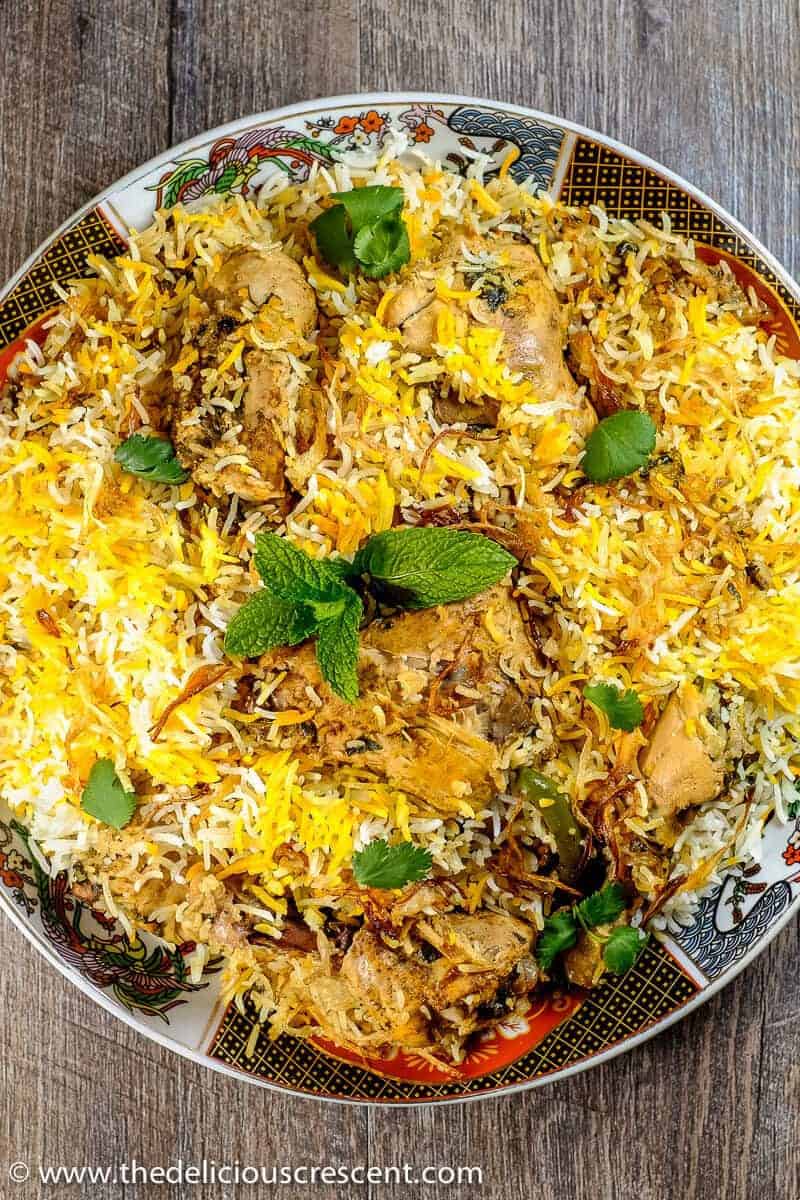
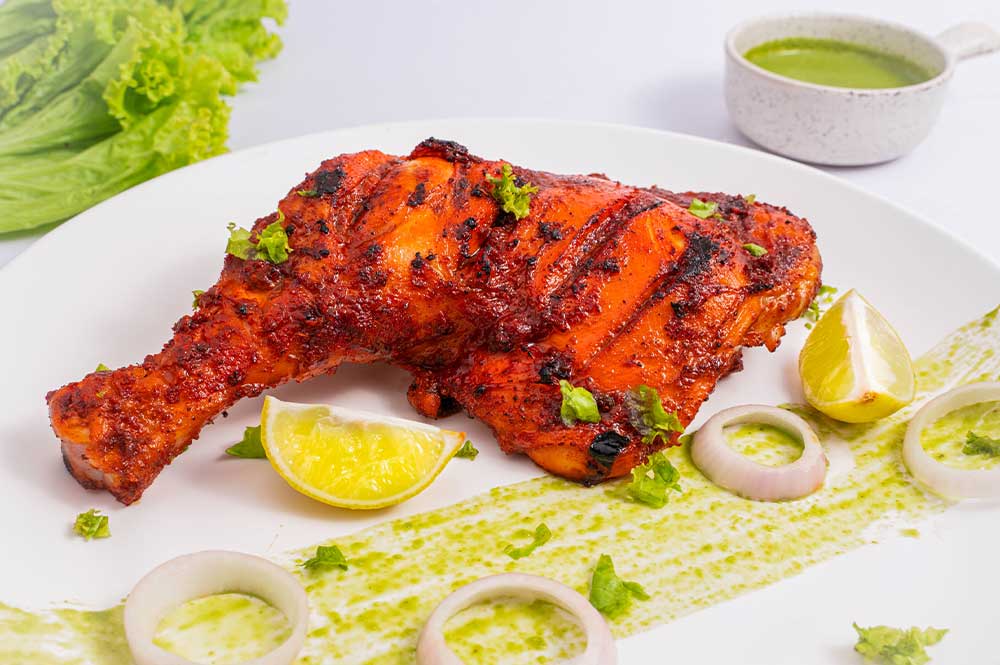
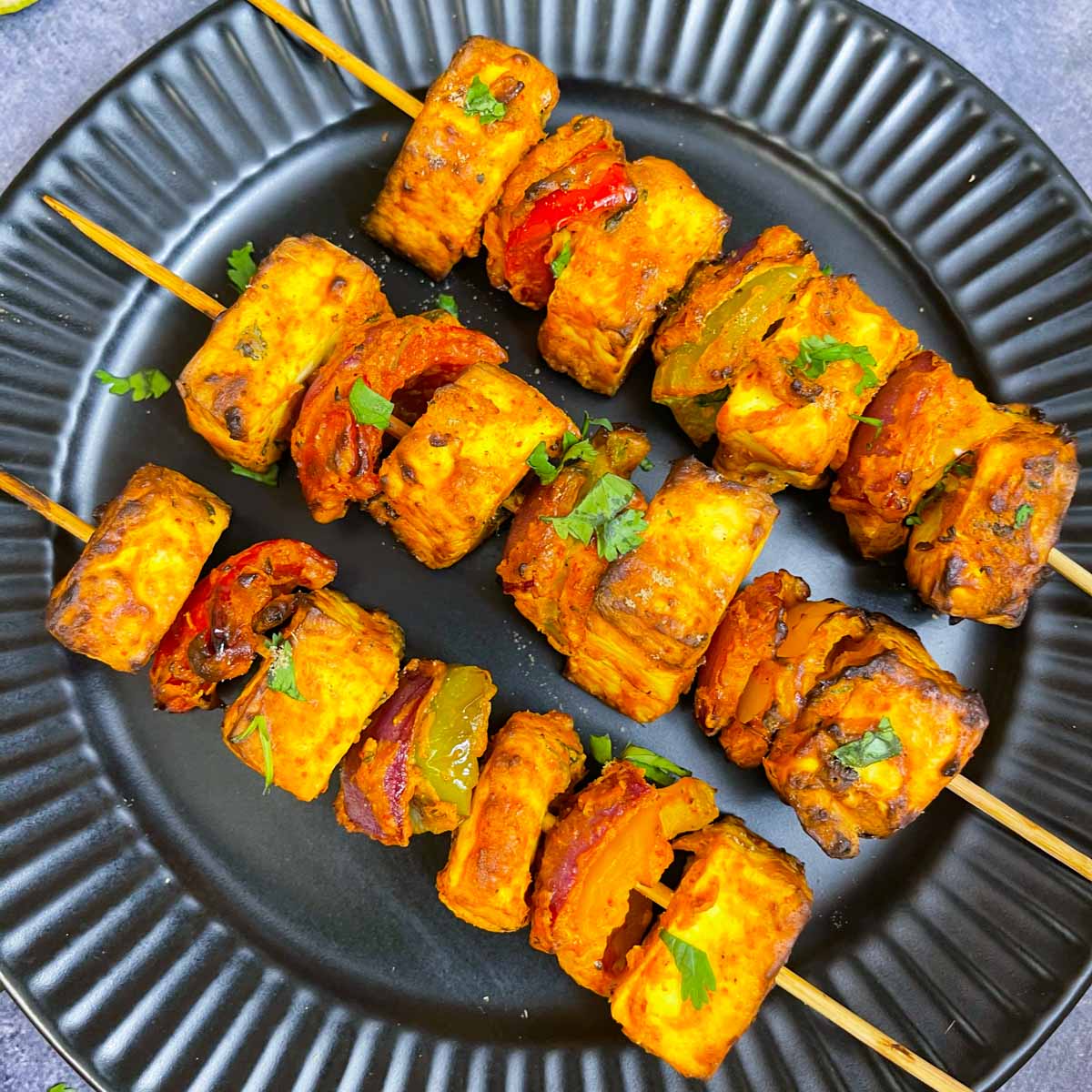
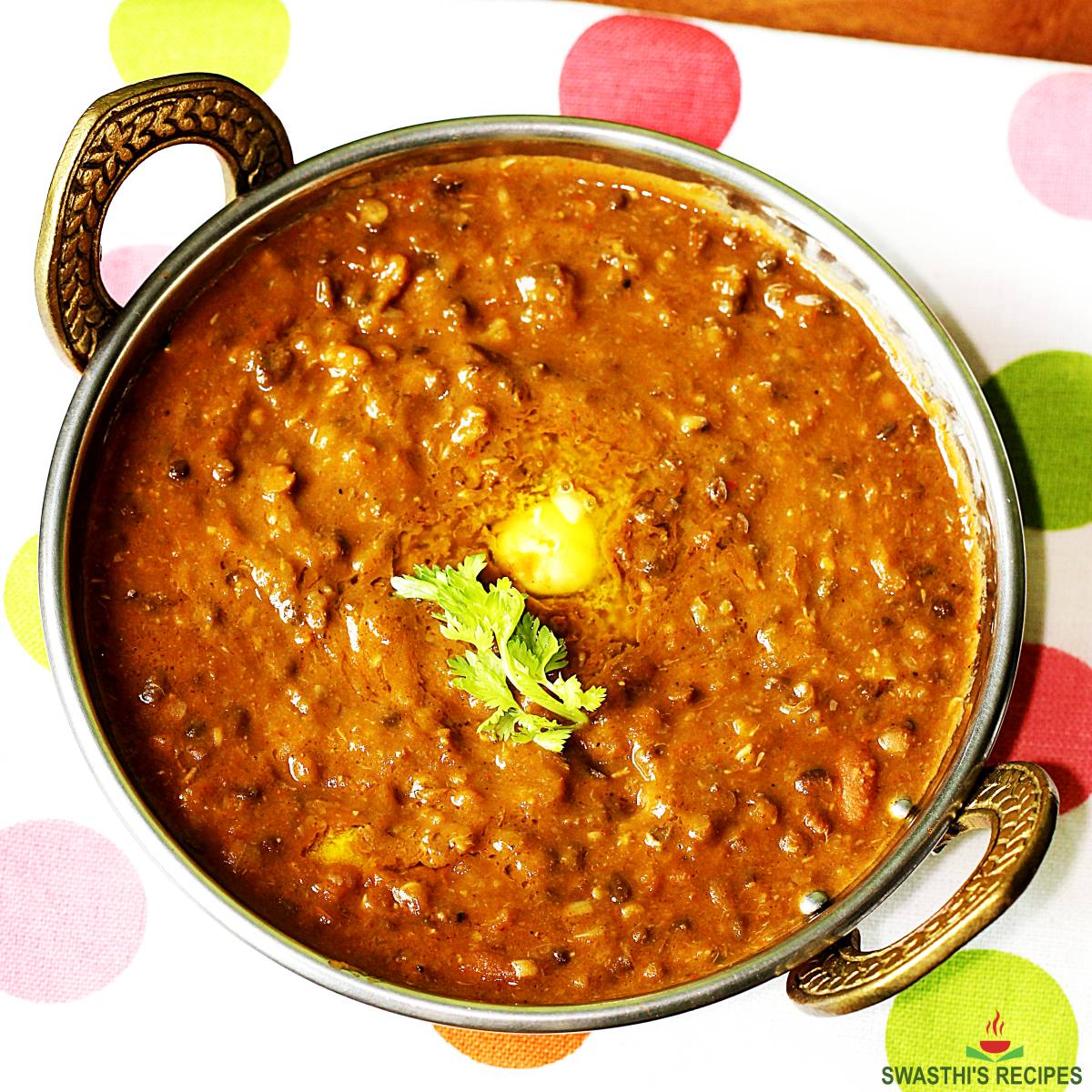

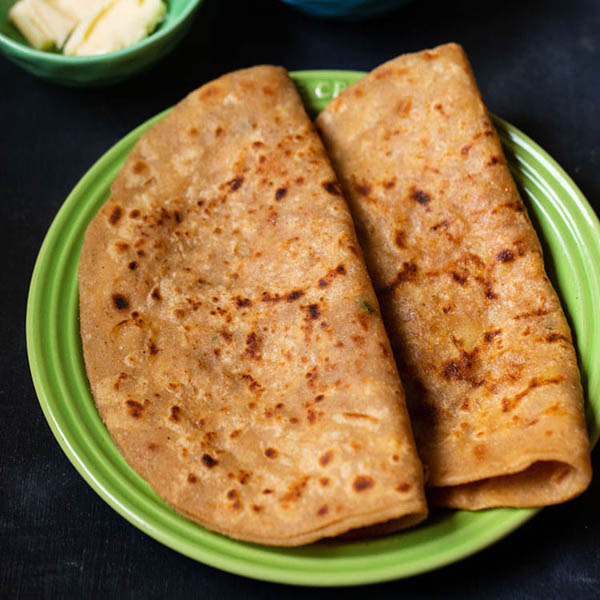
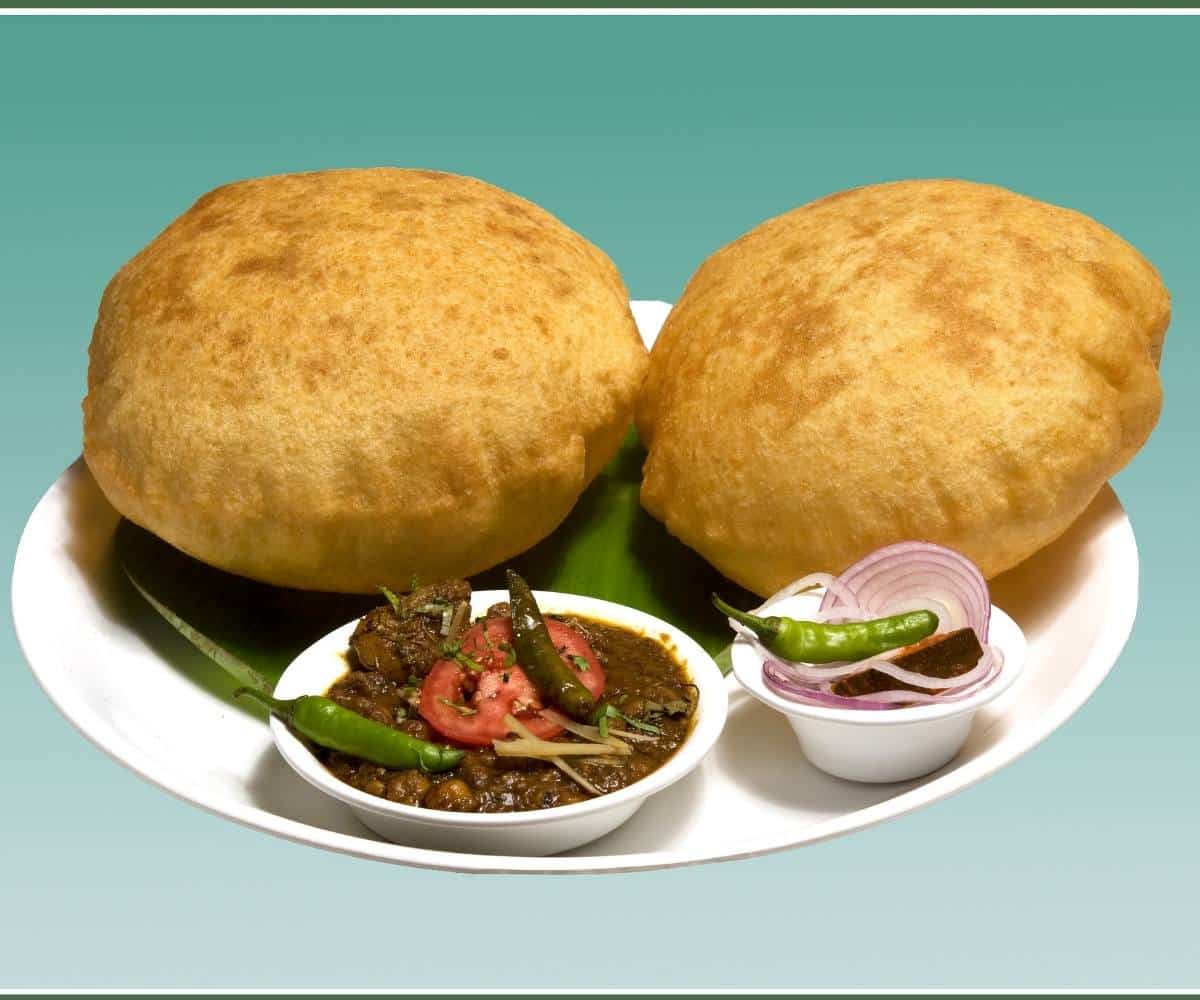
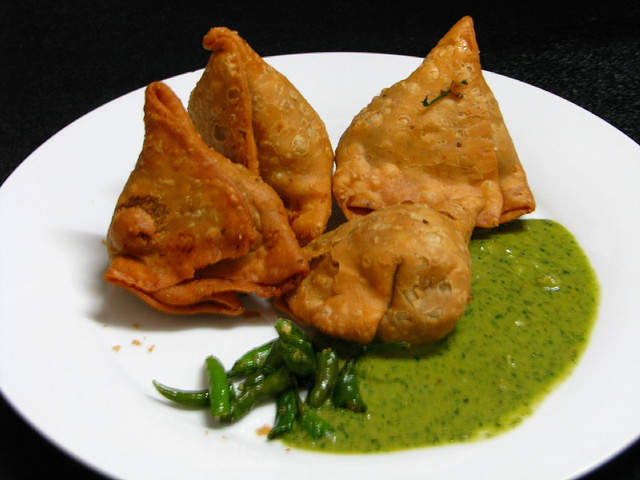

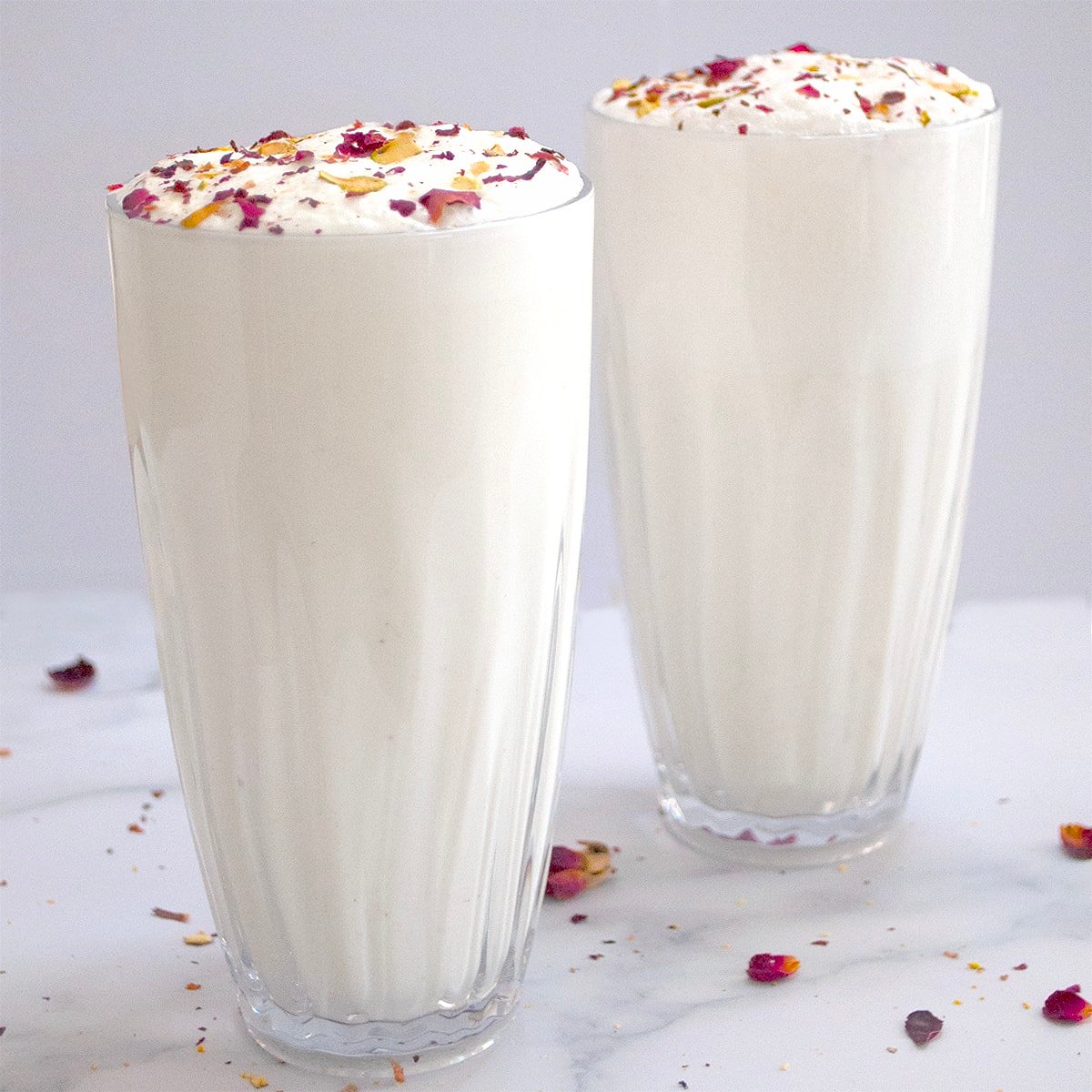
Comments
Post a Comment